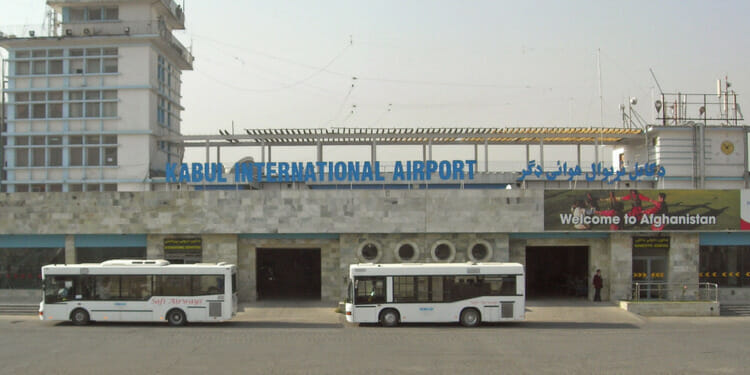“To those who carried out this attack, as well as anyone who wishes America harm, know this. We will not forgive. We will not forget. We will hunt you down and make you pay.” President Biden said on Friday.
The clearest threat Biden has had to make yet did not prove to be empty words. On Saturday a remote drone strike was directed at an Islamic State “planner,” allegedly killing him.
This comes after Islamic State Khorasan (ISIS-K) claimed responsibility for the violence of two suicide bombers as they attacked the crowds of desperate would-be emigrants around Kabul airport.
The attacks killed at least 60 Afghans and 13 U.S. servicemen, the largest loss of life for the U.S. military there in a decade.
Biden’s promised retaliation may seem insignificant compared to the suicide bombers, but it warns of the use of greater force should any further disruptions to the evacuation program take place.
It also warns members of the Islamic State of the extent of the U.S. military’s control of the sky and military intelligence: using this to pick out and remotely kill a single member of the Islamic State sends a message as clear as Biden’s. The precision of the strike, which had no civilian casualties, also provides a direct contrast to the Islamic State’s indiscriminate bombing of civilians.
Related Articles: Afghanistan: Evacuation At Risk | Kabul May Be Today’s Saigon, but It’s Not All Biden’s Burden | “War and Peace”?
Despite this, the bombings provide a bleak coda to 20 years of wasted lives and resources, putting another nail in the coffin of the U.S.’s military campaign in Afghanistan.
The goal in 2001 was to uproot terrorist cliques like Al Qaeda, the group responsible for 9/11, that posed an international threat. In 2021, ISIS-K bombing an airport full of 6,000 American military personnel does not seem like the timid, subjugated gesture of a terrorist clique beaten to submission by the American and Afghan military.
The bombings are powerful, if not fatal, evidence against arguments claiming that international terrorist groups will not find the newly retaken Afghanistan a good place from which to base operations.
"With its forces spread thin across Afghanistan, the Taliban would be particularly vulnerable to violent terror tactics by its splinter."
— writes @ialmarashi for #AJOpinion ⤵ https://t.co/aaqHYnk45R
— Al Jazeera English (@AJEnglish) August 28, 2021
The deal the Taliban signed with Donald Trump made U.S. withdrawal conditional on the Taliban suppressing terrorist groups. The failure of the Taliban to do this at such an early stage raises more questions about the farcical agreement made in February of last year. The question of how the suicide bomber made it through Taliban checkpoints remains to be answered.
Violence in Kabul has escalated as the evacuation program reaches the end of its operation. The Taliban views the deadline for the end of the evacuation for August 31 as a set date that cannot be moved, warning that it will not allow it to be extended.
According to the Associated Press, 5,000 to 9,000 people are now being flown out of Kabul every day. The White House estimates that 105,000 have been evacuated from the country since August 14.
The pressure is on to evacuate all of the remaining Afghans who are at risk from the Taliban. These include those who have worked with diplomats and military personnel, some of whom will not make it onto the last plane out of Kabul.
This adds a tragic note to the Afghan war that proves to be for America – notably after Vietnam and Iraq – yet one more military adventure that was destined to fail.
Editor’s Note: The opinions expressed here by Impakter.com columnists are their own, not those of Impakter.com. — In the Featured Photo: Kabul International Airport, the site of the suicide bombings claimed by Islamic State. Featured Photo Credit: Carl Montgomery.









